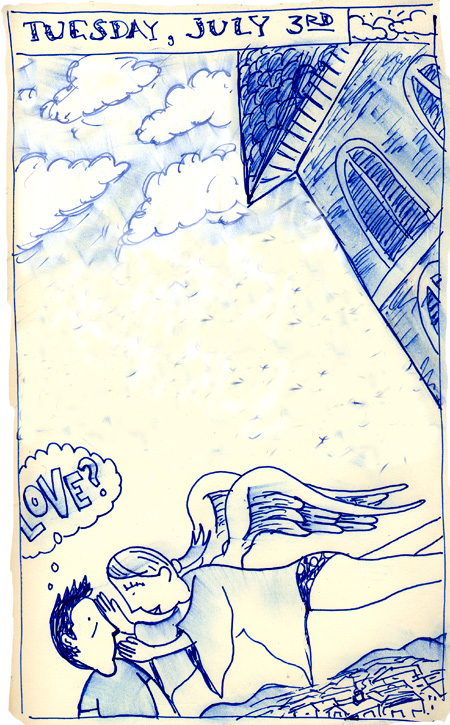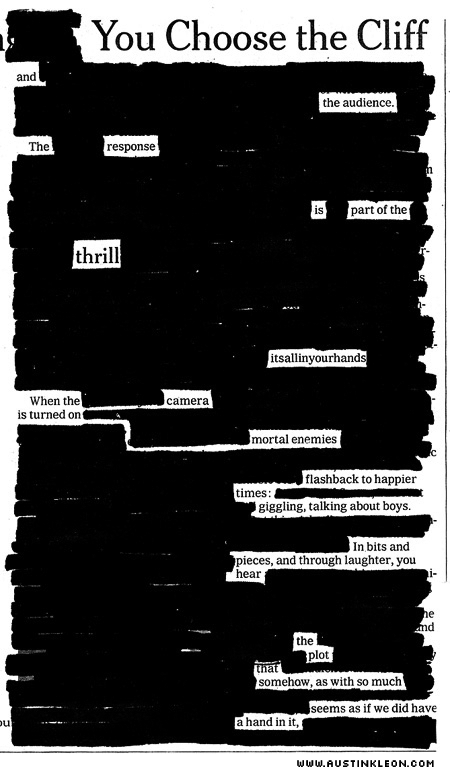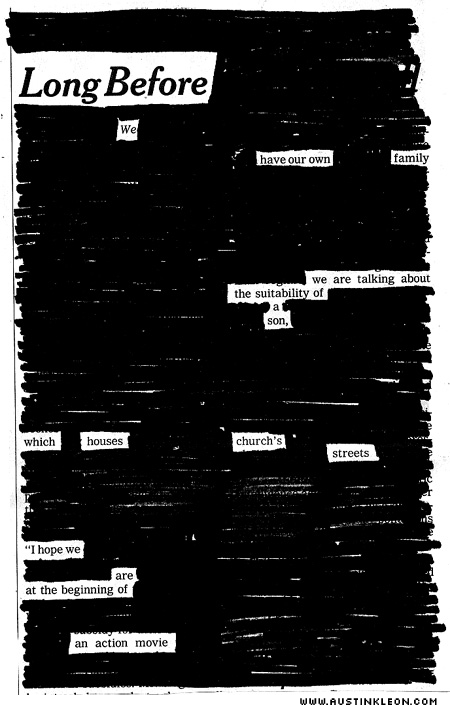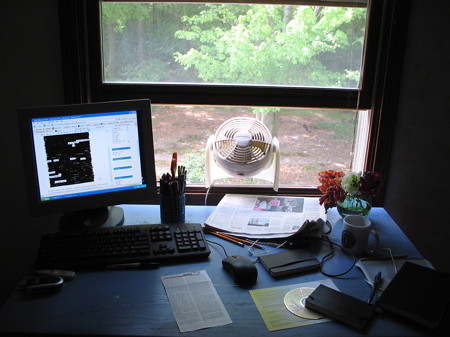
YOU CHOOSE THE CLIFF

HOW TO WRITE A (GRAPHIC) NOVEL
Maureen McHugh has started to blog about the process of her novel-in-progress. She drew this hilarious chart to illustrate the steps:
I have all but abandoned my graphic novel. If you were to plot my stage on the chart, it’d be “dark night of the soul,” only that dark night was months and months ago. Maybe last year. At this point, I’m way past it, and thinking of a new project, and thinking about how I might be able to actually put out a book-length comic.
I got a lot of advice when I was trying it the first time around. Some told me to just plot the whole thing out, and then draw. Do an outline. I was even told that with 20 pages of artwork and an outline, I might even be able to sell the thing.
This really made my guts churn. I’m with Maureen on this one:
I don’t outline. Outlining is for hacks. I believe in the difficult but fulfilling process of finding my novel as I write it; letting inspiration and the shape of what I’ve already written shape what comes next. Which is why I’ve thrown this novel out five times already.
My wife, who always has the best advice, if only I’d listen to it, suggested I just draw the whole thing out in my sketchbook, with nasty, sketchy thumbnails: the drawing equivalent to a “first draft.” Turns out this was the advice that I should’ve followed.
You don’t get a graphic novel much bigger than Craig Thompson’s Blankets. That was almost 600 pages, and his new one is going to be even bigger. Even bigger? How does he do it?
“I draw the entire book in this loose ballpoint pen format and edit, before ever starting the final pages. BLANKETS was thumbnailed for a year.”
A YEAR of thumbnails. This makes me very hopeful.
My wife, again, came in with more advice: “You just need to FINISH something?” Ah yes, finishing. Getting to the last of Maureen’s stages, “It’s done and it sucks but it’s better than I thought.”
…just…finishing things is a good idea! I had started a lot of projects before then where I’d get 20 pages into it and then I’d lose interest, then a couple months later start up a new project. I was never finishing anything. And so, whether Good-Bye, Chunky Rice has limitations or weaknesses or whatnot, just the fact that I finished it was a big deal, and it ended up being quite successful for that point in my life. So Blankets was a lot easier. Even though it was going to be a much bigger book, I was like, “Well, all I have to do is finish it.”
Because I’m into this Myers-Briggs gobblygook, I should note that my particular personality type, ENTP, is notorious for starting projects and then abandoning them once it figures out how they should be executed.
“ENTPs are less interested in developing plans of actions or making decisions than they are in generating possibilities and ideas. Following through on the implementation of an idea is usually a chore to the ENTP. For some ENTPs, this results in the habit of never finishing what they start.
The “secret to success” for me that my career book gives me?
“Prioritize, focus, and follow through.”
Trying.
BIG DREAMS
The NyTimes ran a piece on dreams today that included commentary from Roger Knudson, a psychology professor at Miami who really helped me out quite a bit when I was trying to figure out my senior project. At that time, we talked a lot about men, specifically the idea of men living without women, as I was trying to write a novella about a father and his two sons living together after a divorce (snooze). But we also talked a lot about dreams, and Roger introduced me to the work of archetypal psychologist James Hillman. Here’s a bit from the fascinating article:
“Back to life” or “visitation” dreams, as they are known among dream specialists and psychologists, are vivid and memorable dreams of the dead. They are a particularly potent form of what Carl Jung called “big dreams,” the emotionally vibrant ones we remember for the rest of our lives.
Big dreams are once again on the minds of psychologists as part of a larger trend toward studying dreams as meaningful representations of our concerns and emotions. “Big dreams are transformative,” Roger Knudson, director of the Ph.D. program in clinical psychology at Miami University of Ohio, said in a telephone interview. The dreaming imagination does not just harvest images from remembered experience, he said. It has a “poetic creativity” that connects the dots and “deforms the given,” turning scattered memories and emotions into vivid, experiential vignettes that can help us to reflect on our lives.
The idea of the “poetic creativity” of dreams got me thinking about comics and dreams, and how comics can do dreams really well — you can be trodding along in a narrative, and suddenly slip into a dream state. I was trying to come up with some good examples, but all I could think of as far as examples were David Heatley’s dream comics and Jesse Reklaw’s “Slow Wave,” which is actually a comic strip illustrating the dreams of other people. If anybody can think of any others, I’m just totally blanking at the moment.
Anyways, I love the idea of dreams re-connecting us with people who are out of our lives (either alive or dead), who visit us in visions. The bottom line is, dreams can be useful.
Apart from an effort to understand the physiology behind the content of dreams, what do we do with big dreams? If we ignore them, said Dr. Knudson of Miami University of Ohio, “we discount our most valuable resource in understanding ourselves.”
America is not a country with a ritualistic approach to grief. Many employers offer as few as three days off after a family member’s death. Dreams of the dead keep alive our connections to lost loved ones.
“Big dreams, those dreams that stop you dead in your tracks, are for precisely that purpose,” said Dr. Knudson, whose father died three years ago. “They pull us out of our headlong rush forward. They yank us back down from our schedule books and our jobs.
He continued, “I don’t want to get over my father. That’s not to say that I want to suffer on a daily basis or that I don’t want to understand that he is dead. But I look forward to dreams in which my father will come again. What does it mean to ‘get over’ it? I think that is crazy.”
It’s the craziest thing: one of the reasons I lost contact with Roger my senior year after some cool visits was because of his father’s death. And there I was this morning with my breakfast taco, reading about him.
Once again, there are no coincidences.
THE SUITABILITY OF A SON

Our lease was up in July, so Meg and I moved into her parents’ house to save a month’s rent for our upcoming move. We’re leaving a ton of our furniture in Cleveland, and we’ve outfitted Meg’s old room as a guest suite. As a result, I have one of the nicest workspaces ever — my blue desk now looks out onto the lovely woods, with the birds chirping.

They also have an NYTimes subscription, so you might see more blackout poems as the month progresses.
- ← Newer posts
- 1
- …
- 540
- 541
- 542
- 543
- 544
- …
- 635
- Older posts→
